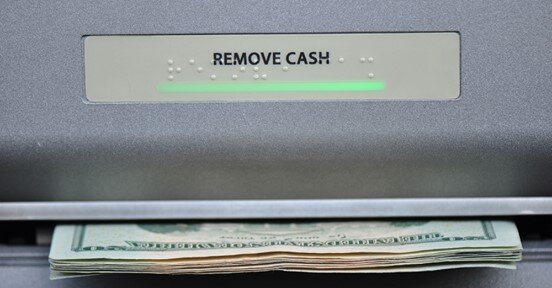-
Posts
1,753 -
Joined
-
Last visited
-
Days Won
76
Content Type
Profiles
Forums
Events
Gallery
Community Map
Everything posted by Pressureangle
-

Harley-Davidson troubles
Pressureangle replied to Pressureangle's topic in Special place for banter and conversation
You have to ride one old enough to have iron cylinders to understand. But those of us who have, as stated, are a dying generation. And many of us found ... less problematic units to fill the same spaces. -

Harley-Davidson troubles
Pressureangle replied to Pressureangle's topic in Special place for banter and conversation
There was interest. They came with the Livewire, and it was a stellar hit *in testing*. Then they took 2 years to release it, ruined the look, made it $5k too expensive. Then all the Indian/Japanese/whatever the smaller stuff was, which was ugly slow and still expensive. There was nothing wrong with Sportsters as first bikes, except They want scarcity, they'll get it. Until they can source American parts, of which there are very few. -
I don't have the reputation as a H-D fanboy, or tolerant of much of their customer base. I do like their history and many of their (past) motorcycles, including the (pre-production) Livewire. But I hate to see an American company folding due to nothing but arrogance, incompetence and inflexibility. Mix in a little tinfoil about internal destruction via infiltrators working for Short profiteers like Bane Capital and voila. So this doesn't have a point, just environmental drama in the motorcycle jungle. https://www.advrider.com/harley-davidson-board-member-abruptly-resigns-slams-company-leadership/
-
I'll definitely take advantage of this for the urchin redframe.
-
I discovered while adding a hardened bolt to the heel of mine that there's a steel core cast inside the leg. Too bad they didn't make it a steel foot. Seems like they're hen's teeth- what happened? Is your mounting bracket ok?
-
-
Was gonna sell the BMW GSA, but I hate leaving the dog while touring and then, well
-

Guzzi Curious Seeks Opinion on Used V11 Sport
Pressureangle replied to MacMcMacmac's topic in Technical Topics
- 41 replies
-
- 3
-

-

-
- potential v11 purchase
- opinion on used v11 condition
- (and 1 more)
-
Yet they remain.
-

Guzzi Curious Seeks Opinion on Used V11 Sport
Pressureangle replied to MacMcMacmac's topic in Technical Topics
"It never needed any work and had things like self cancelling turn signals, hydraulically adjusted valves, and a big trunk to carry things. If the Guzzi is even close to as enjoyable I'll like it a lot." Ruht Roh, Rhaggy- 41 replies
-
- 4
-

-

-
- potential v11 purchase
- opinion on used v11 condition
- (and 1 more)
-
-
One of the most beautiful things I've ever heard was some sort of loop frame Guzzi with a hotrod engine and Conti mufflers. Reno, NV circa 1980.
-
I got nothin'. AC/DC? Here's how I learned about Australia;
-

Good deed for the day.
Pressureangle replied to activpop's topic in Special place for banter and conversation
Funny, On a long ride I'll carry a pump and plug kit. I always have them in the car. But I don't always take them on short rides, and one day I'll pay the price. -
Found the transmission cross bolt amongst the body parts. The pivot has 20mm x 1.0 thread x 28mm length, the stub being 17mm diameter x 21mm length. Hex head insert to turn. It's not impossible, given the state of affairs, that these pieces made their way into the box with the transmission itself; I'll have that in hand in a couple weeks.
-
Agreed, with the previous concerns noted if they come off they should just be made new. There are many fasteners on this thing that show their age, and those I replace will probably be replaced with stainless steel as a matter of appearances but also remove any question about serviceability. And yes, I know the different grades of stainless steels and their applications.
-
The PO is still out of town so I can't ask if he's found any additional bits- Taking inventory of what I need to acquire, at least the things I can identify before I need them. 1 pivot bolt and nut 1 long crossbolt for rear trans mount through the porkchops Easy enough to find at the breakers, but there are many different pivot bolts and not always identified adequately by the seller... What fits, who may know? it appears some differences may be nothing more than the tool used to turn the bolt, and the style of nut retaining it.
-
Is that the same tail piece as the green one posted above? Perhaps it's the angle of the photo that makes the green one look like a frog's butt? This one is so close but so much better.
-
That looks like a stunter's GSXR after too many wheelie loops. Nice tank, tho.



